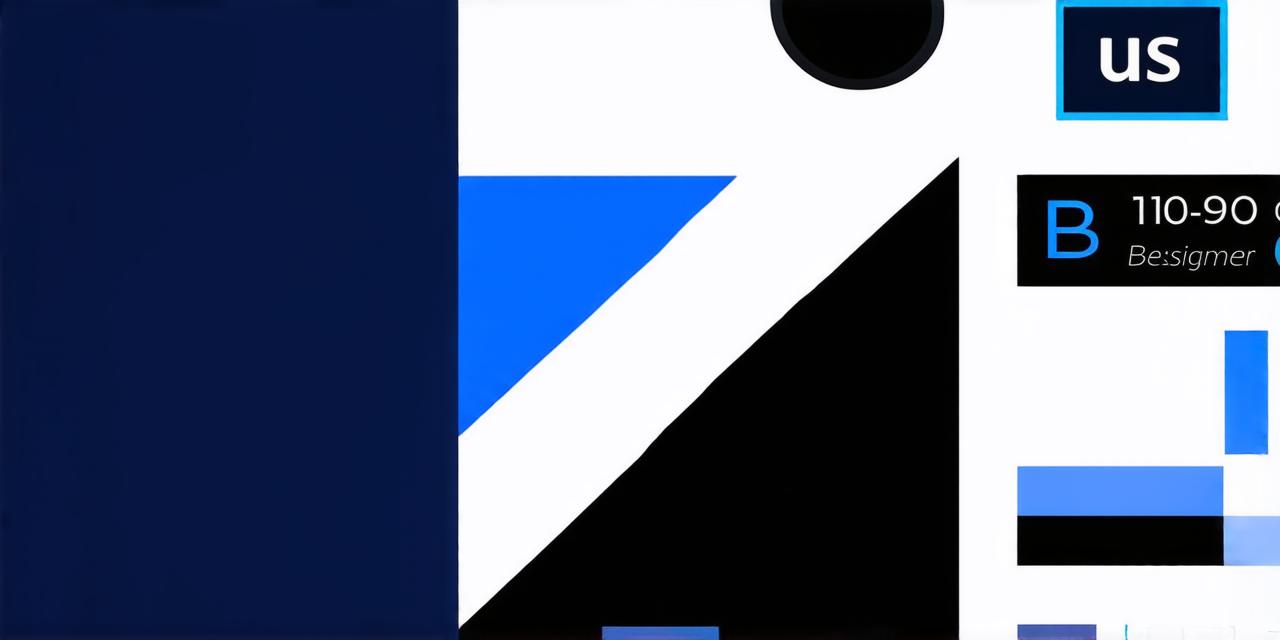In today’s digital world, design plays a crucial role in shaping user experiences and driving business success. Whether it’s a website, app, or any other digital product, good design can make all the difference in how users interact with it and ultimately determine whether they become customers or move on to the next option.
Digital designers are responsible for creating visually appealing designs that not only look great but also function well. They use their creativity and technical skills to develop user interfaces, branding, and visual communication strategies that effectively communicate a company’s message and values to its target audience.
The Role of Digital Designers in the Digital World
Digital designers are responsible for creating visually appealing designs that not only look great but also function well. They use their creativity and technical skills to develop user interfaces, branding, and visual communication strategies that effectively communicate a company’s message and values to its target audience.
User Experience (UX) Design
One of the most important roles of digital designers is creating user experiences that are intuitive, easy to navigate, and visually appealing. UX designers focus on understanding users’ needs, behaviors, and pain points and design digital products that address those issues. They use a variety of tools and techniques, such as user research, wireframing, prototyping, and usability testing, to ensure that their designs are effective and efficient.
Brand Design
Another key role of digital designers is branding. They work closely with marketers, product managers, and other stakeholders to create visual identities for companies and products. This includes developing logos, color palettes, typography, imagery, and other design elements that align with a company’s values and target audience.
Visual Communication Design
Digital designers also play a crucial role in creating visual communication strategies that help companies convey their messages and engage with their audiences. This includes developing content for websites, social media platforms, email campaigns, and other digital channels. Digital designers use a variety of design principles, such as storytelling, humor, and emotion, to create visually compelling and effective content.
Case Studies
To illustrate the role of digital designers in the digital world, let’s take a look at some real-life examples:
1. Dropbox
Dropbox is a file hosting service that was founded in 2007. Its initial success can be attributed to its simple and intuitive user interface, which made it easy for users to store, share, and collaborate on files. Dropbox’s UX designers worked closely with product managers and engineers to create a seamless and streamlined experience that made it easy for users to upload, access, and share their files.
2. Airbnb
Airbnb is an online marketplace that allows users to rent out their homes or apartments to travelers. Its success can be attributed to its unique branding and visual communication strategy, which emphasizes the personal connections and experiences that users can have when staying in someone’s home. Airbnb’s brand designers worked closely with marketers and product managers to create a consistent and memorable visual identity that resonated with travelers around the world.
3. Spotify
Spotify is a music streaming service that was founded in 2006. Its success can be attributed to its user-friendly interface, which made it easy for users to discover new music and create playlists. Spotify’s UX designers worked closely with product managers and engineers to create a clean and intuitive experience that made it easy for users to find the music they loved.
FAQs
1. What is the role of digital designers in the digital world?
Digital designers are responsible for creating visually appealing designs that not only look great but also function well. They use their creativity and technical skills to develop user interfaces, branding, and visual communication strategies that effectively communicate a company’s message and values to its target audience.
2. What is the difference between UX design and UI design?
UX design focuses on creating user-centered experiences that are intuitive, easy to navigate, and visually appealing. UI design, on the other hand, focuses on creating the visual elements of a digital product, such as the layout, typography, and color scheme.




